#indian tiger
Text
Rare Black Tiger marking its territory in Odisha



Technically called the melanistic tigers, they are exclusively found in Simlipal Tiger Reserve of Odisha.
As per the latest census their total count is only 10.

#tiger#black tiger#indian tiger#animals#big cats#photography#nature#melanistic tigers#Odisha#Simlipal Tiger Reserve
301 notes
·
View notes
Text

Royal bengal Tiger on Mid-Noon Walk
Location: Tadoba Andhari Tiger Reserve
#indian wildlife#wild#nature#best indian wildlife photographer#indian wildlife safari#indian wildlife photographer#wildlife#wildlife photography#nature photography#TIger#indian tiger#tiger safari#indian safari
2 notes
·
View notes
Photo










(via Tierdecke mit "Symbol eines indischen Tigers, Kultur Indiens" von MIRO3D)
#findyourthing#redbubble#tiger#indian tiger#interior design#interiordesign#tshirt#tshirts#tshirtdesign#fashion#fashiondesign
1 note
·
View note
Text
Continental

I have no great opinion on the overly broad "Asia Tiger" coming to a more specific locally -- "Indian" -- Asia is a large landmass encompassing multitudinous countries climates and ecosystems -- except to point out the same is the case with Africa.

Curious that Asia wasn't adjectived, I guess.
#Archie Comics#Jughead#Zoo#Zookeeper#African gorilla#Indian tiger#Gluttony#Exactly what he expects to be thrown in his mouth I don't know#Stan Goldberg#1979
1 note
·
View note
Text

Unknown, 18th century, India
182 notes
·
View notes
Text



Taming the Tiger Shark
The tiger shark (Galeocerdo cuvier) is a common sight for divers, fishermen, and tourists in the tropical waters of the Atlantic and Pacific oceans. They are often found around sea grass fields or coral reefs, and tend to prefer warm, shallower waters near the coastline or surrounding atolls and islands. The northern end of their range extends up to the northern borders of the United States and China, while their southern range reaches down to Brazil, Madagascar, and the eastern coast of Australia.
While they're slightly smaller than great whites, G. cuvier is still one of the largest carnivores in the ocean. Adults can grow up to 4.7 m (15 ft 5 in) long and weigh between 300 and 900 kg (700 and 2,000 lb). Females tend to be larger than males, but the two sexes are otherwise indistinguishable. Individuals are typically bluish gray or green, with a white or light yellow underbelly; this provides them with camouflage, as fish swimming overhead or below are unable to pick out the shark's silhouette against the dark or light background, respectively.
As an apex predator, G. cuvier has few predators of its own. Juvenile tiger sharks will often fall prey to other sharks, including adults of their own species. Orcas are also occasionally known to prey on tiger sharks, but these occurrences are rare. In their own food chain, G. cuvier has a large appetite and will eat almost anything. Coral reef fish are a common target, though their speed and small size makes them harder to catch. More often tiger sharks will prey on cephalopods, crustaceans, sea snakes, turtles, sea birds, and a host of marine mammals like dolphins, dugongs, sea lions, and young, injured, or dead whales. Inadvertently, tiger sharks will also consume garbage such as bottles tires, earning them the nickname 'The Garbage Can of the Ocean'.
Tiger sharks are primarily active at night. Contrary to other sharks, G. cuvier has excellent eyesight, as well as a keen sense of smell. In addition, tiger sharks have two special sensory organs. The lateral line extends down the length of the body and can detect minute vibrations in the water. Ampullae of Lorenzini are small electroreceptors located on the snout; these detect the weak electrical impulses generated by prey. All these features make it easy for tiger sharks to find a meal, and once located their body shape allows them to put on a burst of speed and make quick turns to catch their target. Most of the time, this hunting practice is done alone, but occasionally groups of tiger sharks will gather to scavenge a large carcass or for the mating season.
Male tiger sharks mate every year, while females only reproduce every three years. Breeding seasons differ based on location; in the Northern Hemisphere mating occurs between March and May, while in the Southern Hemisphere it's between November and January. During this time, dozens or even hundreds of sharks may gather to find mates. Females carry their young for up to 16 months, at which time they give live birth. Tiger sharks are ovoviviparous, meaning that eggs are fertilised and hatch inside the mother; this species is also unique in that they employ a technique called embryotrophy, in which young gestate in sacks which are filled with an embryonic fluid. A single litter of tiger sharks may contain between 10 to 80 pups, and each one may live up to 12 years in the wild.
Conservation status: The IUCN has classified the tiger shark as Near Threatened. While exact numbers are unclear, a great many tiger sharks are killed each year for their skin, fins, and liver. This species also has a reputation for vicious attacks, and while they can be aggressive when threatened, only a handful of shark attacks occur each year.
If you like what I do, consider leaving a tip or buying me a ko-fi!
Photos
Neil Hammerschlag
Brian Skerry
David Snyder
#tiger shark#Carcharhiniformes#Galeocerdonidae#ground sharks#sharks#cartilaginous fish#fish#marine fauna#marine fish#coral reefs#coral reef fish#coasts#coastal fish#atlantic ocean#Pacific Ocean#indian ocean#indo pacific#animal facts#biology#zoology
95 notes
·
View notes
Text

Bengal tiger (Panthera tigris tigris)
Photo by Andy Rouse
#bengal tiger#tiger#panthera#panthera tigris#panthera tigris tigris#felidae#charismatic megafauna#big cats#indian wildlife#animals#wildlife#nature#orange#orange animals
85 notes
·
View notes
Text

'Tiger Woman'
(Kalighat painting). By Kalam Patua
#tiger#art#tiger woman#aesthetic#vintage#old school cool#style#beauty#indian art#kalam patua#vintage art
27 notes
·
View notes
Text
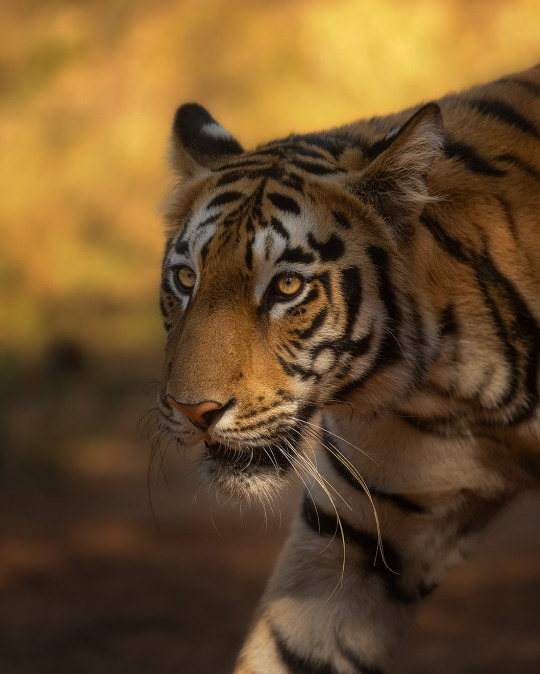
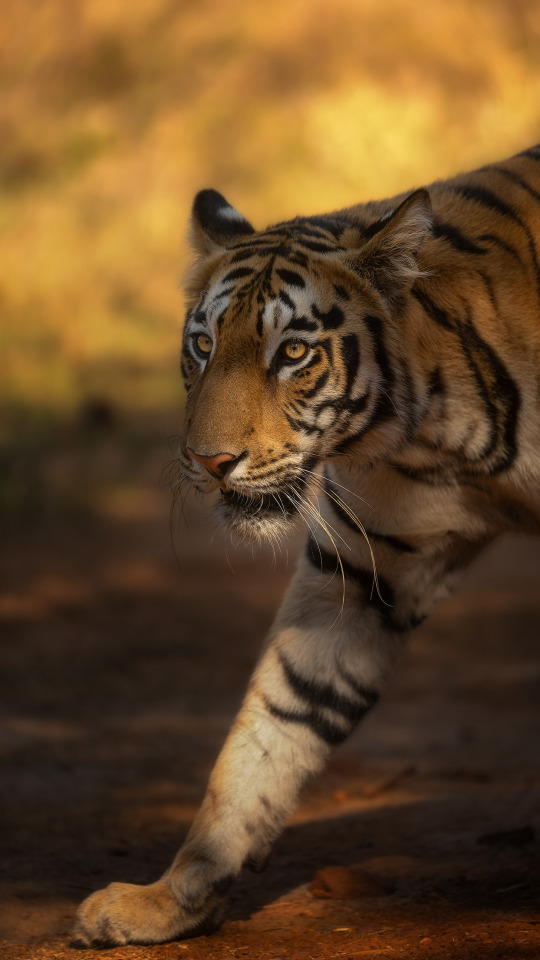
I am on my way - From Tadoba Andhari Tiger Reserve forest during March Workshop
A small tip - While capturing the tiger head on, instead random clicks, wait for the perfect posture and light. Here I waited for the light falling on his face. People who are not using super fast card, they may miss the perfect moment because of 'Buffer' if continues clicking random moments without noticing.
To join my upcoming workshops, visit my website
www.jayantaguhaphotography.com
#tadobanationalpark#safariwithjayanta#jayantaguhaphotography#tiger#createwithsony#bigcatsforever#bigcatswildlife#wildlife#wildplanet#nature#naturephotographer#bbcearth#natgeo#natgeohr#natgeoindia#natgeowild#animalsofinstagram#animalelite#wildlifephotographytours#camostoryexpedition#safari#indianwildlife#incredibleindia#maharashtratourism#sonyindiaofficial#earthcapture#sonyindia
#wild#nature#indian wildlife#wildlife photography#indian wildlife photographer#indian wildlife safari#best indian wildlife photographer#wildlife#nature photography#tiger#indian jungle#indian tiger#natgeo
1 note
·
View note
Photo

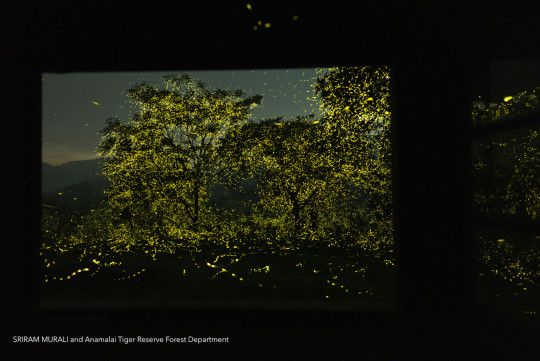
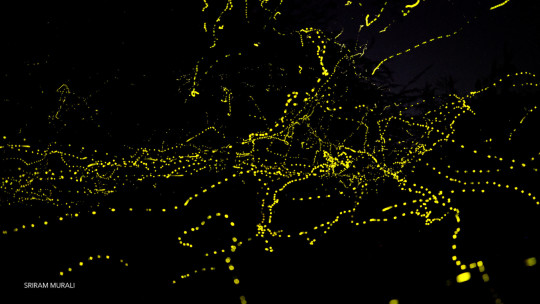
Billions of Fireflies Light Up an Indian Wildlife Reserve in Rare Footage Captured by Sriram Murali.
vimeo
#insect#insects#firefly#fireflies#animal#animals#light#lightning bug#lightning bugs#indian wildlife reserve#sriram murali#thisiscolossal#article#articles#anamalai tiger reserve#tamil nadu#india#phenomena#rare#forest#forests#nature#night#night-time#dark#video#videos
41 notes
·
View notes
Photo










(via Magnet mit "Symbol eines indischen Tigers, Kultur Indiens" von MIRO3D)
#findyourthing#redbubble#tiger#indiantiger#indian tiger#interior design#interiordesign#tshirt#tshirts#tshirtdesign#fashion#fashiondesign
1 note
·
View note
Text

Pierre Joubert (1910-2002)
291 notes
·
View notes
Text

20 notes
·
View notes
Text


Unknown, Two sided painting, India
Recto: Meeting nobility, verso: Hunting a tiger
late 19th century
198 notes
·
View notes
Photo
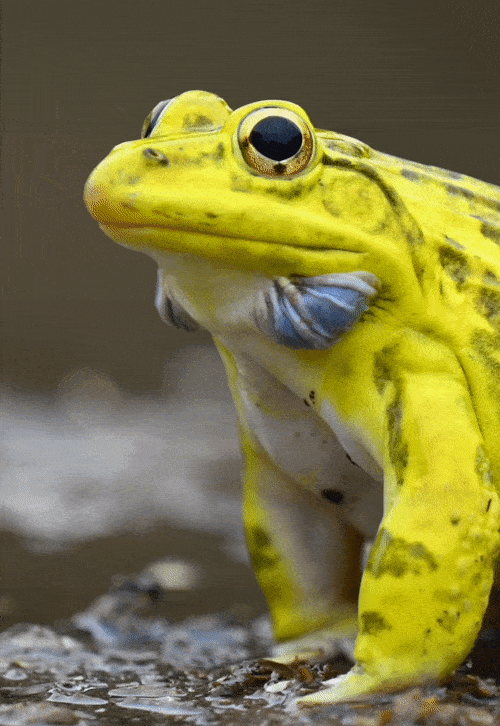
A male Indian bullfrog calls loudly to attract females. They usually come out after the rain stops in monsoon season. Very fortunate to document them on the outskirts of Rajaji Tiger Reserve, India.
VIDEO BY @TRIKANSH_SHARMA
#trikansh sharma#photographer#national geographic#indian bullfrog#amphibian#animal#bullfrog#rajaji tiger reserve#india#video#nature
112 notes
·
View notes
